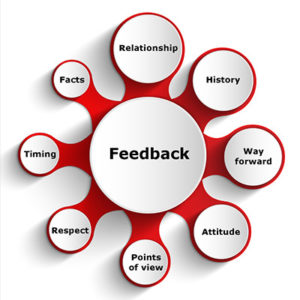Very simply…
– Welcome, encourage and share complaints and feedback. These tell you where and when you need to look to improve
– Understand and impact client experiences while they are in your care
– Compare and “close the gap between” client and staff experiences. Happy clients make happy staff and happy staff lead to happy clients
– Identify areas for improvement from client and staff perspectives
– Develop and implement new strategies to address persistent issues by making positive changes to behaviours to improve stakeholders’ experiences
– Measure the effects of changes made to services and care, all the time, everywhere
– Reinforce, repeat and hardwire what works; don’t repeat what doesn’t
Click on the following links to download research papers on the importance and value of real time feedback and why this should be part of any feedback program:
Point-of-service questionnaires can reliably assess patients’ experiences
Shared Decision Making — The Pinnacle of Patient-Centered Care






